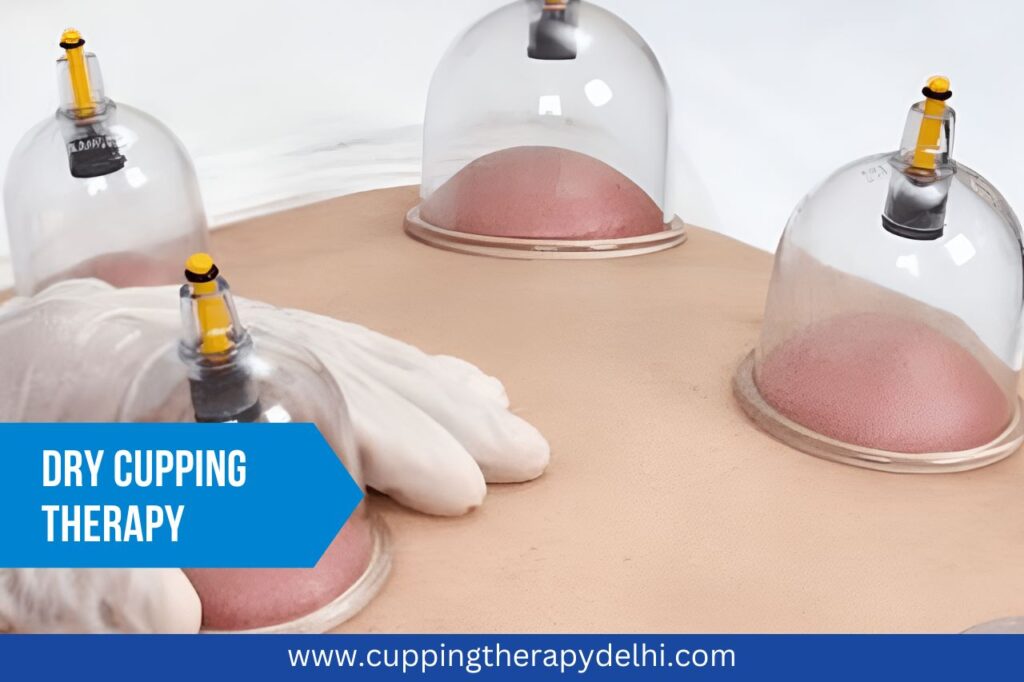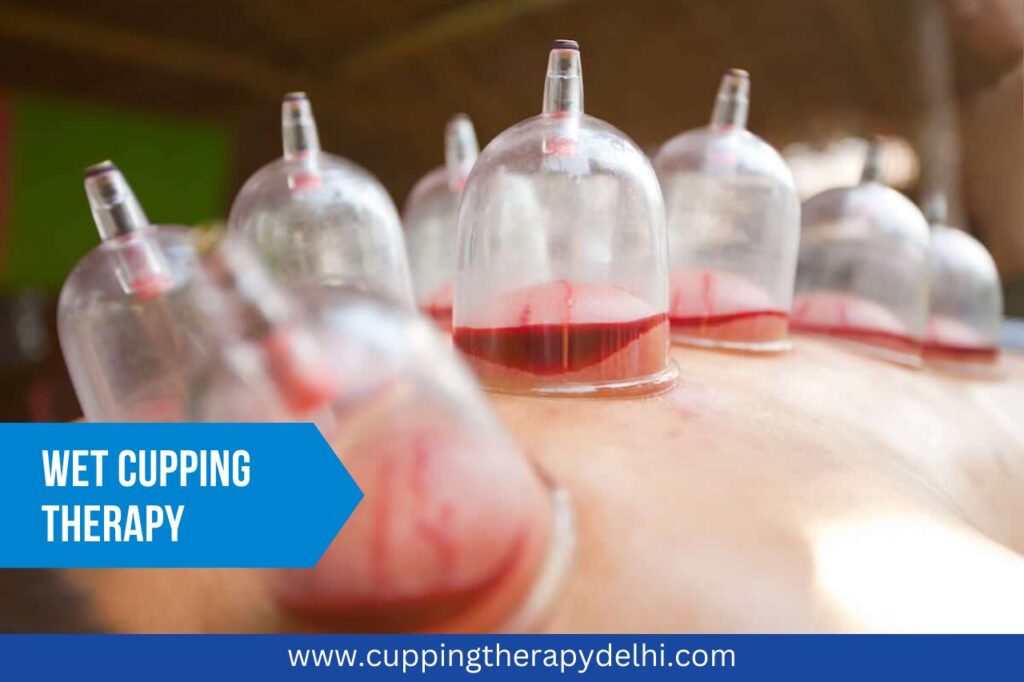In the realm of alternative medicine, dry cupping stands out as an ancient therapy that has withstood the test of time. With origins tracing back to ancient Egyptian, Chinese, and Middle Eastern cultures, dry cupping is a practice that has been embraced for its potential health benefits and its holistic approach to healing. In this blog, we will explore what dry cupping is, how it works, its benefits, and some important considerations for those interested in trying this therapy.
What is Dry Cupping?
Dry cupping is a form of therapy that involves placing cups on the skin to create suction. This suction is believed to facilitate healing by promoting blood flow, reducing inflammation, and encouraging relaxation. Unlike wet cupping, which involves making small incisions on the skin to draw out blood, dry cupping is non-invasive and does not break the skin.
The Technique of Dry Cupping
The process of dry cupping is relatively straightforward and can be performed by trained practitioners or at home with proper equipment and knowledge. Here’s a step-by-step overview:
- Preparation: The skin is cleaned and sometimes lightly oiled to ensure a good seal and easy movement of the cups.
- Placement of Cups: Cups made of glass, silicone, or plastic are placed on the skin. Traditional cupping often uses fire to create suction by heating the air inside the cup before quickly placing it on the skin. Modern methods might use a pump to create suction.
- Duration: The cups are typically left in place for 5-20 minutes, depending on the desired effect and the individual’s response.
- Removal: After the session, the cups are carefully removed, and the skin is checked for any adverse reactions.
Benefits of Dry Cupping
Advocates of dry cupping suggest that this therapy offers a range of health benefits, including:
- Pain Relief: Cupping is often used to alleviate pain, particularly in the muscles and joints. It is believed that the increased blood flow and reduced muscle tension contribute to pain relief.
- Reduced Inflammation: By improving circulation and lymphatic drainage, cupping may help reduce inflammation in the body.
- Relaxation and Well-being: Many individuals report feeling deeply relaxed after a cupping session, which can contribute to overall well-being and stress reduction.
- Enhanced Athletic Performance: Athletes sometimes use cupping as a recovery tool, believing that it helps reduce muscle soreness and improve flexibility.
Considerations and Safety
While dry cupping is generally considered safe when performed correctly, there are some important considerations to keep in mind:
- Qualified Practitioner: Ensure that the practitioner is trained and experienced in cupping therapy.
- Individual Health: People with certain health conditions, such as skin infections, blood disorders, or those who are pregnant, should consult with a healthcare provider before undergoing cupping.
- Aftercare: Some bruising or skin discoloration is normal after cupping and usually resolves within a few days. Keeping the skin clean and moisturized can help with healing.
Conclusion
Dry cupping is a fascinating blend of ancient tradition and modern therapy that offers a unique approach to health and well-being. Whether you’re seeking pain relief, relaxation, or an enhancement to your athletic recovery routine, dry cupping might be worth exploring. As with any therapeutic practice, it’s important to approach it with an informed perspective and consult with professionals to ensure it’s right for you.
Have you tried dry cupping, or are you considering it? Share your experiences and thoughts in the comments below!




